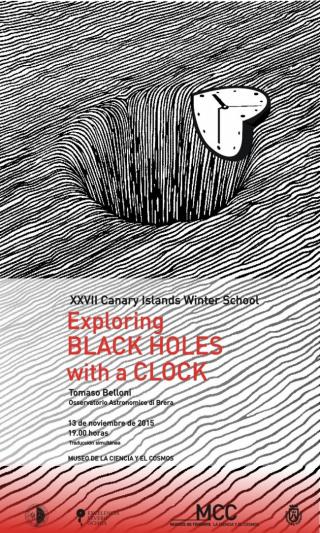
Julien Malzac works at the Institut de Recherche en Astrophysique et Planétologie (IRAP) in Toulouse in the south of France, where he holds a Research Scientist position funded by the CNRS (Centre national de la recherche scientifique). He graduated in Physics at the Université de Bordeaux (France) and then obtained a PhD in Astrophysics from the Université de Toulouse. After that he worked for several years as a posdoc at the Osservatorio Astronomico di Brera in Milan (Italy) and then at the Institute of Astronomy in Cambridge (United Kingdom)
Advertised on




